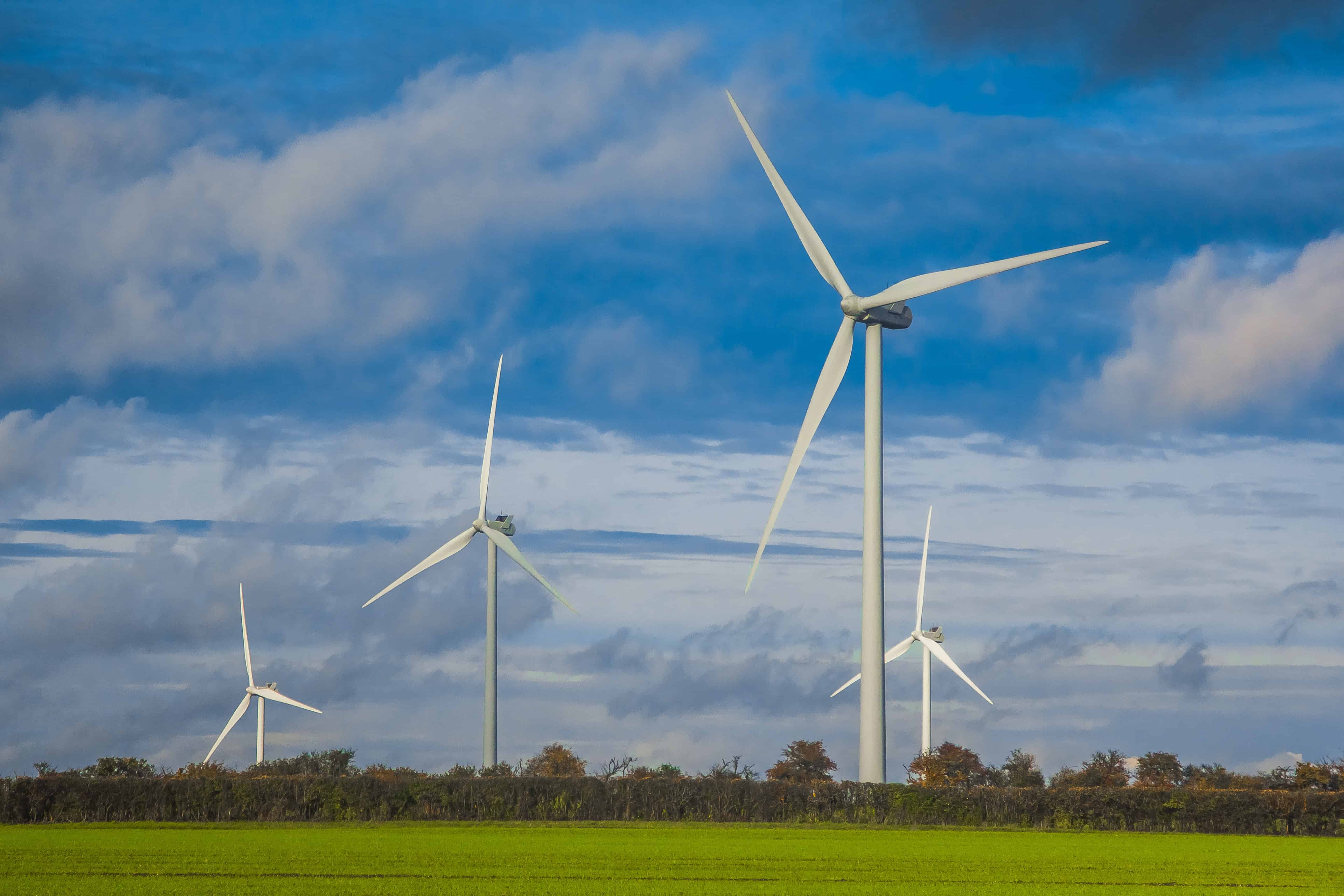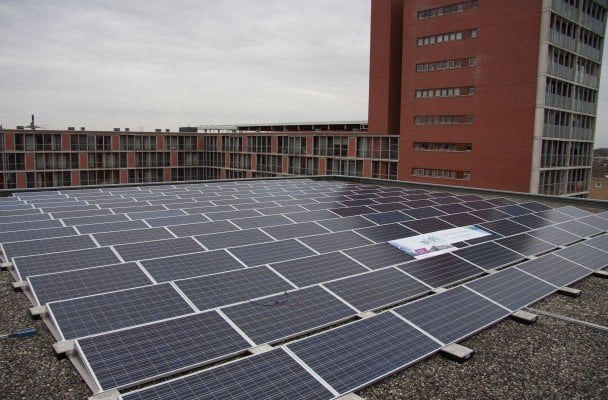
The Global Electricity Review 2023 reveals that wind and solar generation reached a record 12% of global electricity in 2022, with solar generation surging by 24% and wind generation growing by 17%. Clean electricity sources, including renewables and nuclear, now account for 39% of global electricity. European countries continue to lead the way in wind and solar adoption.

European countries leading the renewable energy revolution
Germany, the United Kingdom, and Spain are at the forefront of European renewable energy adoption. Germany has the highest installed wind and solar energy capacity, followed by Spain and the UK. These countries have invested heavily in renewable energy infrastructure, paving the way for a greener energy future. France, Italy, and Poland have also experienced significant growth in renewable energy generation, making substantial strides toward meeting their climate and energy targets.
Iceland leads Europe in renewable energy utilization, with an impressive 89% of its total energy supply coming from renewables, primarily geothermal resources. Norway follows, with 49% of its energy coming from renewables, mainly hydroelectric power. Other European countries, such as Albania, Latvia, Sweden, Finland, and Denmark, are also making remarkable progress in renewable energy adoption, emphasizing diverse sources such as hydro, biofuels, waste, wind, and solar.
The impact of wind and solar on global emissions
Ember’s report suggests that wind and solar generation growth in 2022 could mark the peak of electricity emissions, with clean power expected to meet all demand growth in 2023. To achieve net-zero emissions by 2040, the International Energy Agency (IEA) states that wind and solar must account for 41% of the global power mix by 2030, up from 12% in 2022. This shift towards cleaner energy sources is crucial in the ongoing battle against climate change and highlights the importance of continued investment in renewable energy infrastructure.

Despite the record growth in wind and solar, coal remains the single largest source of electricity worldwide, producing 36% of global power in 2022. Damilola Ogunbiyi, CEO of Sustainable Energy for All, emphasizes the need to accelerate the deployment of wind and solar energy, stating that “much more needs to be done to ensure that developing countries are not left behind and locked into high carbon futures.”
A promising future for renewable energy in Europe
As European countries continue to adopt renewable energy, the potential for a greener future is becoming increasingly evident. Investments in renewable energy projects, supportive government policies, and public awareness have contributed to the significant growth of wind and solar power generation across the continent.

